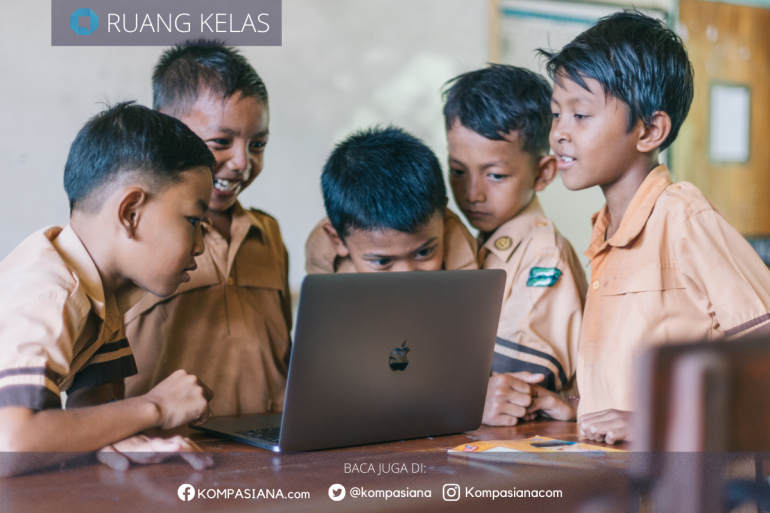For those who are unaware, The Intergovernmental Panel on Climate Change (IPCC) is the United Nations body charged with evaluating the science surrounding climate change. Its responsibility is to examine available climate change data and present its findings. In other words, they are the world's foremost authorities on the state of the climate and what will likely occur in the future if we don't alter our current course of action.
Their Reports
They serve as the main conclusions of Working Group II's (WGII) contribution to the IPCC's Sixth Assessment Report (AR6). The report expands upon the contributions made by WGII to the IPCC's Fifth Assessment Report (AR5), three Special Reports, and Working Group I (WGI) to the AR6 cycle. In comparison to previous IPCC assessments, this report recognizes the connection of climate, ecosystems, biodiversity, and human societies and more thoroughly incorporates knowledge from the natural, ecological, social, and economic sciences. The assessment of non-climatic global trends, such as biodiversity loss, general unsustainable resource consumption, land and ecosystem degradation, rapid urbanization, human demographic shifts, social and economic inequalities, and a pandemic, are contrasted with the impacts and risks of climate change as well as adaptation strategies.
Impacts and Dangers as Observed and Anticipated
With effects linked to climate change and important concerns outlined throughout the report, information based on observed and predicted impacts and risks caused by climate hazards, exposure, and susceptibility has grown since AR5. Impacts and risks are described in terms of their losses---both financial and non-financial---and harms. Risks resulting from identified weaknesses and climate change responses are underlined. Risks are projected at various levels of global warming and for paths that exceed 1.5C global warming level for several decades for the short-term (2021-2040), the mid-term (2041-2060), and the long-term (2081-2100). Various climate hazards occurring simultaneously and multiple risks interacting lead to complex risks, which compound overall risk and spread via linked systems and across areas.
Adaptation Strategies and Facilitating Environment
In response to present climate change, adaptation mostly entails adjusting current systems to reduce climate hazards and susceptibility. There are several adaptation alternatives that can be utilized to assist manage the effects of expected climate change, but how well they are implemented relies on how well governance and decision-making systems are able to handle them. Development that is climate-resilient can also benefit from these and other enabling factors.
Building Climate-Resilient Communities
In order to advance sustainable development for all, climate resilient development combines mitigation with adaptation strategies and their supporting conditions. Equity issues and system transitions in the areas of land, ocean, and ecosystems, urban and infrastructure, energy, industry, and society are all part of climate resilient development, which also includes adaptations for the wellbeing of people, ecosystems, and the planet. In order to achieve climate resilient development, attention must be paid to both the areas where people and ecosystems coexist as well as to the preservation and upkeep of ecosystem function on a global scale.
Developmental paths that effectively combine mitigation and adaptation measures to enhance sustainable development are known as pathways for achieving climate resilient development. The RCP and SSP scenarios used throughout AR6 may briefly overlap with the climate resilient development pathways, but these pathways do not follow any specific scenario everywhere or throughout the course of time.
What Is COP27?







